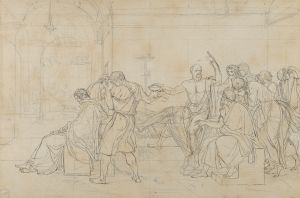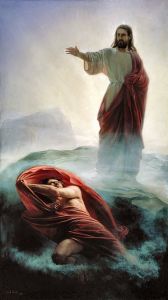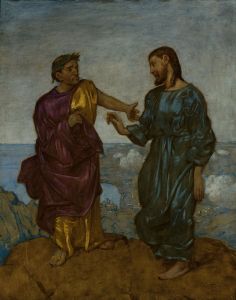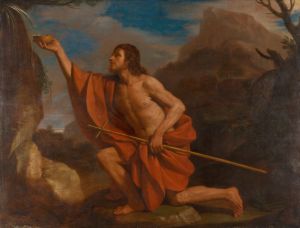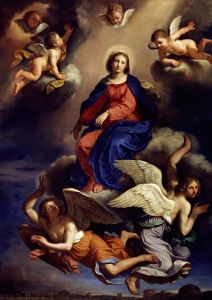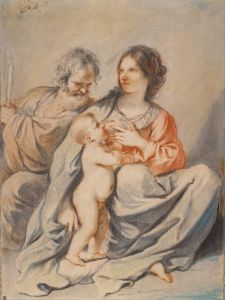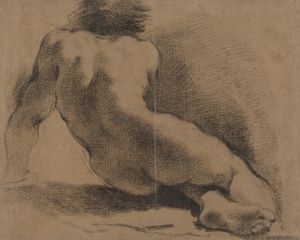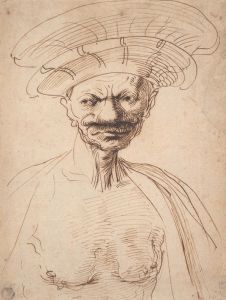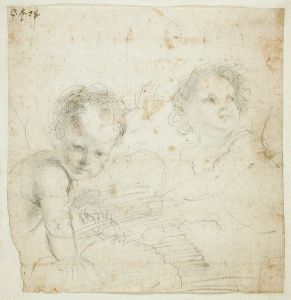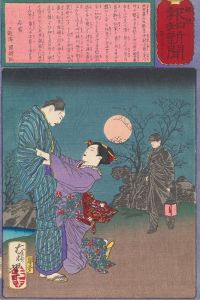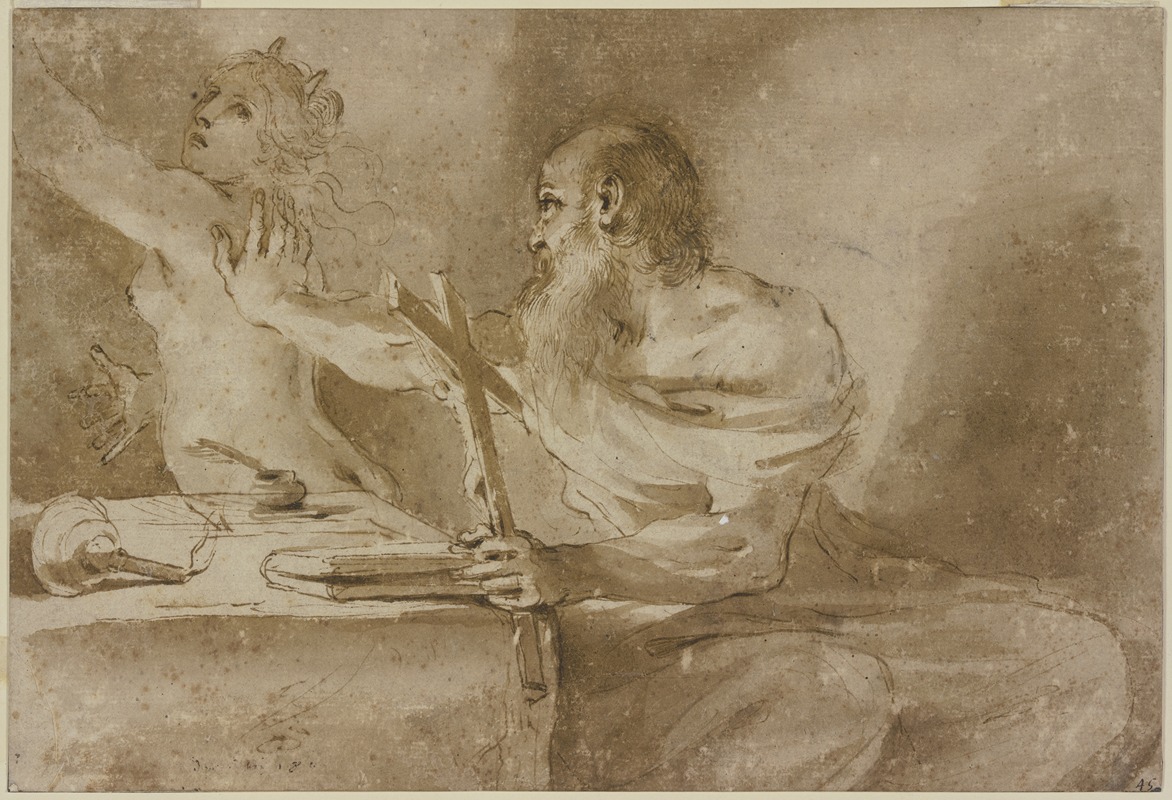
Die Versuchung des Heiligen Antonius
A hand-painted replica of Guercino’s masterpiece Die Versuchung des Heiligen Antonius, meticulously crafted by professional artists to capture the true essence of the original. Each piece is created with museum-quality canvas and rare mineral pigments, carefully painted by experienced artists with delicate brushstrokes and rich, layered colors to perfectly recreate the texture of the original artwork. Unlike machine-printed reproductions, this hand-painted version brings the painting to life, infused with the artist’s emotions and skill in every stroke. Whether for personal collection or home decoration, it instantly elevates the artistic atmosphere of any space.
Guercino's Die Versuchung des Heiligen Antonius (The Temptation of Saint Anthony) is a painting attributed to the Italian Baroque artist Giovanni Francesco Barbieri, commonly known as Guercino (1591–1666). Guercino was a prominent figure of the Baroque period, known for his dynamic compositions, dramatic use of light and shadow, and emotional intensity. This work reflects his mastery of religious themes, which were central to his oeuvre.
The painting depicts the Christian hermit Saint Anthony the Great, a figure often portrayed in art as enduring spiritual and physical temptations during his time in the Egyptian desert. In this composition, Guercino captures the saint's struggle against demonic forces, a theme that was popular in Christian art, particularly during the Counter-Reformation, when such imagery was used to inspire piety and moral fortitude.
In The Temptation of Saint Anthony, Guercino employs his characteristic chiaroscuro technique, using stark contrasts between light and dark to heighten the drama of the scene. The saint is typically shown in a moment of prayer or contemplation, resisting the advances of grotesque demons or alluring figures. The painting's emotional intensity is further emphasized by the dynamic poses and expressions of the figures, a hallmark of Guercino's style.
The exact date of the painting's creation is not definitively documented, but it is generally associated with Guercino's mature period, when he had fully developed his Baroque aesthetic. The work is notable for its vivid storytelling and the artist's ability to convey the psychological tension of the saint's ordeal.
As with many works from this period, the provenance of The Temptation of Saint Anthony is not entirely clear. It is believed to have been commissioned by a patron with a strong interest in religious art, as was common in 17th-century Italy. The painting is currently housed in a private collection or museum, though specific details about its current location and ownership are not widely available.
Guercino's interpretation of Saint Anthony's temptation aligns with broader artistic traditions of the time, which often sought to depict the triumph of faith over sin. The painting remains an important example of Baroque religious art and a testament to Guercino's skill in rendering complex spiritual narratives.






